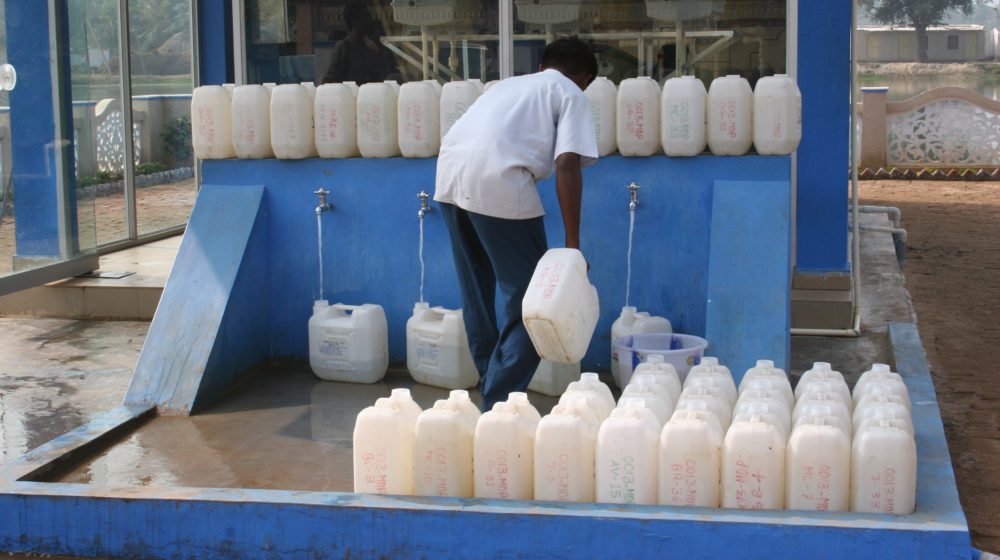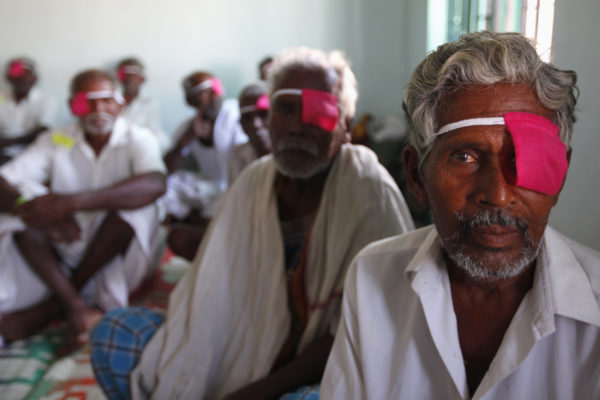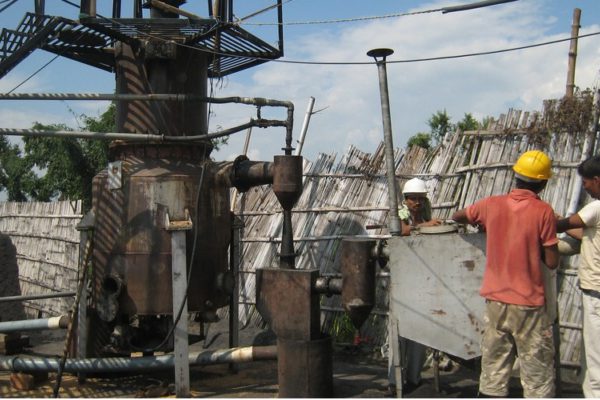
In Economics in a World Where Everyone Matters Equally, I explored the concept of “integrated return on investment” (IROI), defined as the total surplus captured by all stakeholders in an endeavor. This could be expressed as a percentage annual return on the total investment made, including both the capital invested directly in the enterprise as well as investments made by other stakeholders. I observed that there are many investment opportunities in the world that offer very high IROIs with very low risk.
As one looks more closely at this IROI “sweet spot,” with staggeringly high returns and relatively low risks, another variable stands out as important, which might be termed “tractability.” Intractable problems require a high level of systemic change in mindsets, behaviors and institutions, while tractable problems require little such change. Installing a Husk Power Systems plant that generates electricity from rice husks using a biomass converter for an off-grid village in India would be a high IROI, low risk, highly tractable investment. There would be few mindset barriers to adoption of electrification in a rural community that struggles to supply its energy needs with kerosene. Conversely, pursuing broader use of condoms in South Africa might have a very high IROI with little uncertainty about the efficacy of intervention, but a higher degree of intractability.
With these concepts in mind, I’d venture the following hypotheses about how economic progress happens:
- Progress in relatively rich countries comes from a balanced portfolio of high IROI, high risk investments and high IROI, low risk, low tractability investments. The low-hanging fruit of high IROI, low risk, highly tractable investments have largely been picked. For instance, in the US, investments in areas like gene sequencing and wearable technologies generate high IROIs, even though any specific investment has high risk, given that the field as a whole moves forward through innovation. In parallel, there will be periodic breakthroughs in areas like better literacy education, prevention of diabetes and reduction in the likelihood that adolescents from certain backgrounds lead lives in which the cost of their imprisonment outweighs their lifetime economic productivity… but these breakthroughs will be only periodic, because the underlying problems are highly intractable.
- Progress in poor to middle-income countries with strong cohesion and social capital mostly comes from high IROI, low risk investments of different levels of tractability. For instance, as South Korea progressed from relative poverty to absolute wealth, there was an important role for high IROI, low risk, highly tractable investments such as the development of a local manufacturing base and also for investments that needed to overcome challenges of intractability, such as massive, sustained investment in universal education. The strong cohesion and social capital lessened the barriers of intractability and made what barriers were there easier to overcome.
- Progress in poor countries with weak social cohesion and/or weak social capital will largely come from high IROI, low risk, highly tractable investments. In such conditions, the intractable problems are difficult or impossible to overcome, but the total yield from deploying resources into high-IROI uses can still be impressively large. Deployment of resources into these uses at sufficient scale unleashes exponential forces of growth, improved health and education. Over a long period of time, these forces can lead to greater stability and social capital formation, which increases the financial ROI on positive but less spectacular IROI opportunities like entrepreneurial business formation, and increases the society’s ability to take on more intractable problems like “investment” in reducing corruption.
Some of the high IROI, low risk, high tractability opportunities are naturally in the realm of the public sector. However, given the weakness of the public sectors in most areas of widespread poverty, much of the promise for exploiting these opportunities lies with private ventures. Such private ventures need to overcome four fundamental challenges in order to deliver on their promise:
- Ensuring that they take in the quantity of resources needed, on a sufficiently consistent basis, both to deliver and to expand rapidly
- Consistently making high-IROI decisions, even as the logic of the value they can capture pulls them to higher-ROI, lower-IROI decisions – for example, moving “up market” from serving the very poor; hoarding knowledge and capability rather than sharing with other “competitors”
- Evolving in ways that their effectiveness and coherence increase with scale, and that they successfully overcome the various problems they encounter in a changing environment
- Engaging successfully with broader ecosystems as the scale and scope of their endeavors brings them into terrain that requires broader coalitions, especially as they face problems that are more intractable
Looked at through the lens of these four challenges, one can see clearly the advantages and disadvantages of different organizational forms. Non-profits, for instance, have an advantage over for-profits on challenge (2), although they can still be pulled away from the highest-IROI decisions by all sorts of forces such as prestige, internal assumptions and donor preferences.
But non-profits have a deep disadvantage on challenge (1). While they can accumulate significant resources to invest in a range of solutions, relative to for-profits they struggle to create models that solve the timing challenge of having the right resources arrive at the right time to support exponential scaling. Businesses that can achieve operating profitability and attract capital solve this scaling problem in a beautiful way, through a combination of having resources organically arrive to support steady growth and attracting big injections of investment capital to support discontinuous investment (e.g., foundational capabilities needed to scale, or periods of explosive growth that cannot be funded organically).
For-profit businesses, however, generally struggle with challenge (2) – consistently making high IROI decisions.
Patient capital, the mode in which Acumen operates, represents an innovation in meeting these challenges. By being both patient and demanding, using governance power to pull decision-making toward IROI-maximizing decisions, patient capital helps enterprises that produce very high IROIs but capture only a small amount of marginal surplus, while also creating a “right fight” between management that will often be pulled away from IROI-maximizing decisions by various factors (not just economics but also the desire to “win,” achieve recognition, and so on) and governance focused on being the “conscience” of IROI.
There are no more important questions in economics than those at the intersection of entrepreneurship, structures for capital investment, organizational forms, and behavioral/social change – the questions that help us understand how high IROI is actually achieved. Part of why I’m so passionate about Acumen is that the practical knowledge about what drives economic progress being accumulated through their work is advancing so much faster than the analogous theoretical knowledge in economics departments and business schools.



